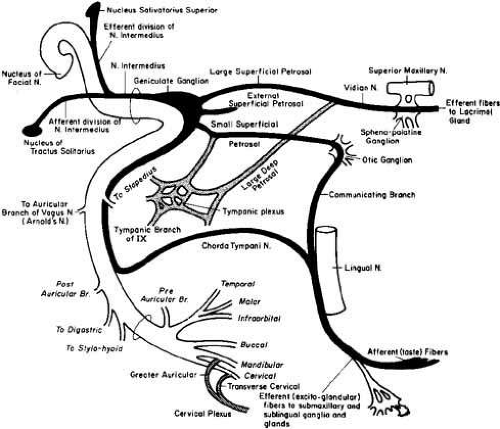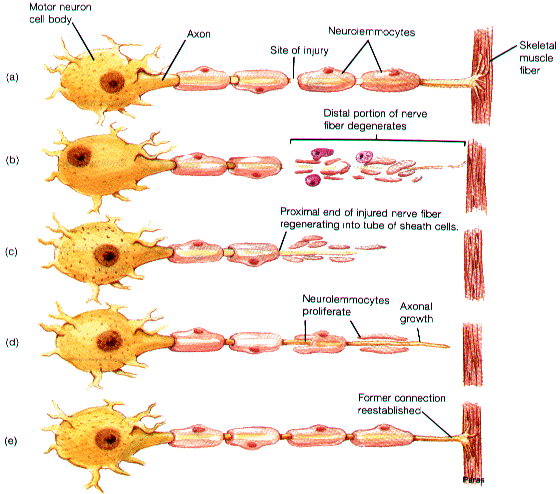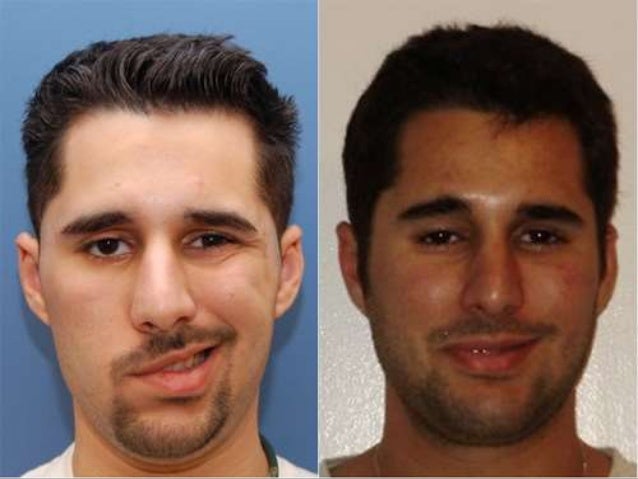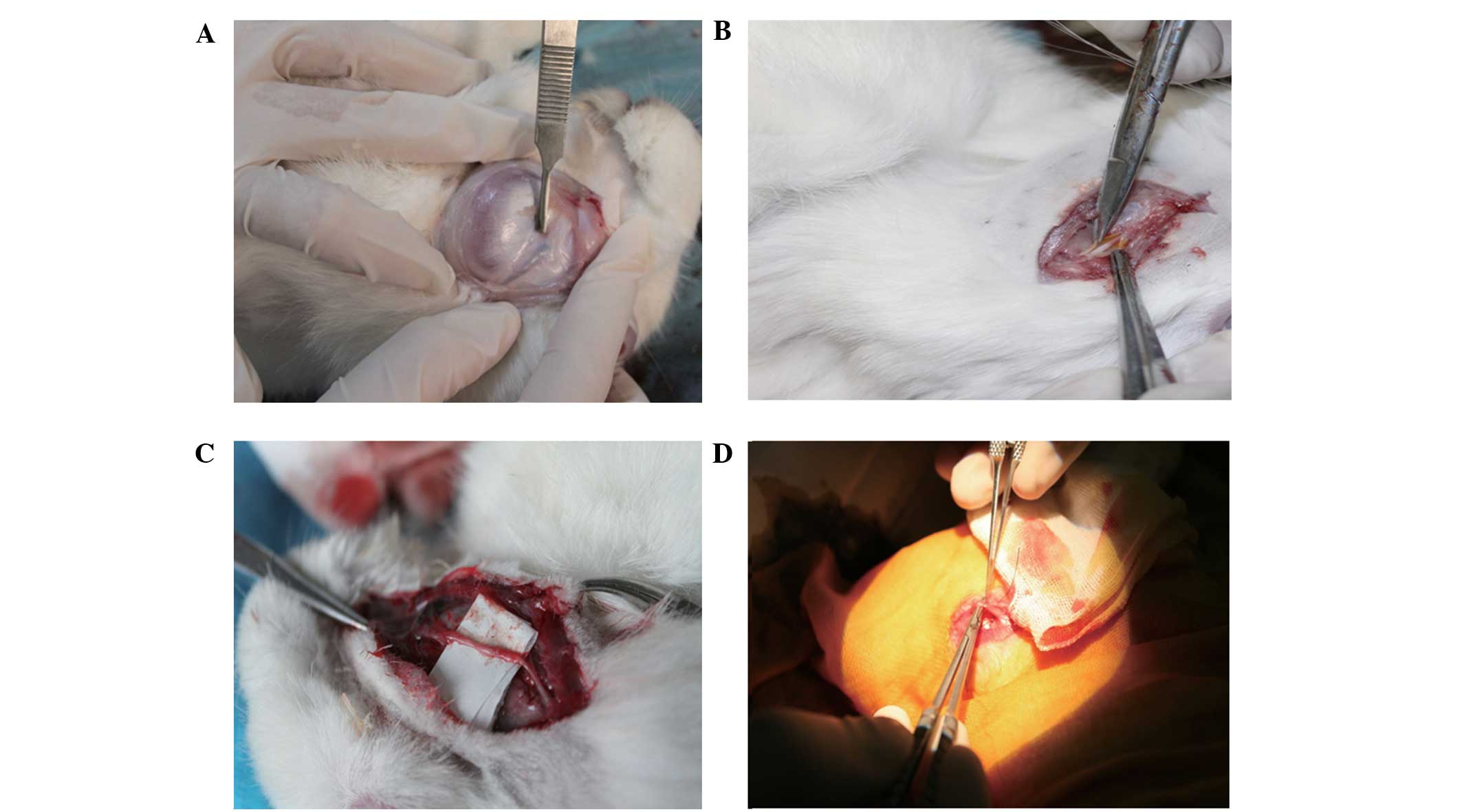Overview Hemifacial spasm (HFS) is a neuromuscular disorder that is characterized by paroxysmal bursts of involuntary tonic or clonic activity occurring in the muscles innervated by the facial nerve (the seventh cranial nerve).
2. Weber, R.A. and Warner, Michael, Functional evaluation of gap vs. abutment repair of peripheral mixed nerve in the rat. Scott & White …
Common surgical approaches to the vestibular nerve (middle fossa approach is not shown here). Translabyrinthine (through the inner ear). …
Asymmetry of facial expression is common with unilateral lesions of the facial nucleus or nerve in most species. Bilateral facial paralysis may be more difficult to recognize, but affected s drool and have a dull facial expression. Complete facial paralysis is an inability to move the eyelids
Jul 12, 2017 · Bell palsy, also termed idiopathic facial paralysis (IFP), is the most common cause of unilateral facial paralysis and the most common cause of facial paralysis worldwide.





) , and cause spasms which may look something like Hemifacial Spasm. An injury to the Facial Nerve at the back of the brain may result in something that looks like Hemifacial Spasm in the lower half

Causes. Almost all cases of synkinesis develop as a sequel to nerve trauma (the exception is when it is congenitally acquired as in Duane-Retraction Syndrome and Marcus Gunn phenomenon).
Tissue engineered nerve grafts (TENGs) have emerged as a potential alternative to autologous nerve grafts, the gold standard for peripheral nerve repair.



Apr 29, 2018 · Crocodile Tears Syndrome is a popular name for a condition known as gustatolacrimal reflex or Bogorad’s Syndrome. The medical condition usually appears during recovery from Bell’s Palsy and affects the function of the facial nerve network.
Each nerve is covered externally by a dense sheath of connective tissue, the epineurium.Underlying this is a layer of flat cells, the perineurium, which forms a complete sleeve around a bundle of axons.
